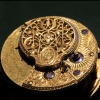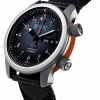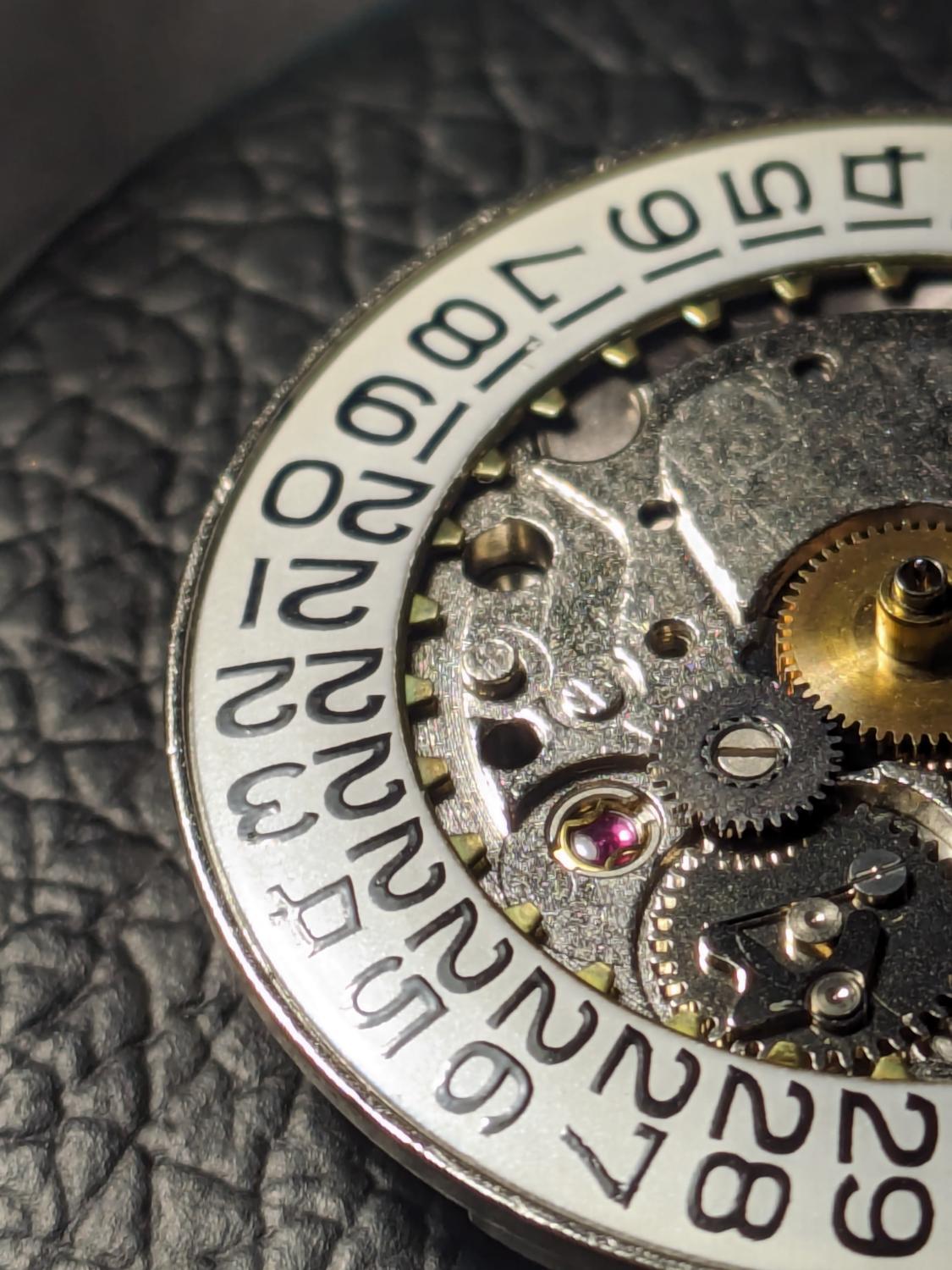Copying A Keyless Works Cover
-
Recently Browsing
- No registered users viewing this page.
-
Topics
-
Posts
-
By RichardHarris123 · Posted
I received this, forwarded by @Klassiker, from OH have torn muscles in my right shoulder. I have not been able to use my pc because of the pane I'm on very strong painkillers and spent a little time in hospital. Could you let the other mods know. Thanks. -
By SwissSeiko · Posted
What are your thoughts @VWatchie on adding your service marks to the inside case? I have 2 methods. The first being, if there are already engraved marks from previous services, then ill add mine engraved as well. Kind of tells a story. The other being, if I'm the first one to service it, ill use a fine point sharpie instead, so as not to be the first one to scratch it up. I do like when there are service marks, as it can kind of help me gauge how much I should be examining the movement, before I send my quote out. I found 13 on a vintage Hamilton I service recently, so that's the current high score. -
By Neverenoughwatches · Posted
As with both , it is impacts to edges that should be avoided. The internal stresses of sapphire could be higher than that of glass which make it more brittle but resistant to surface scratches.








Recommended Posts